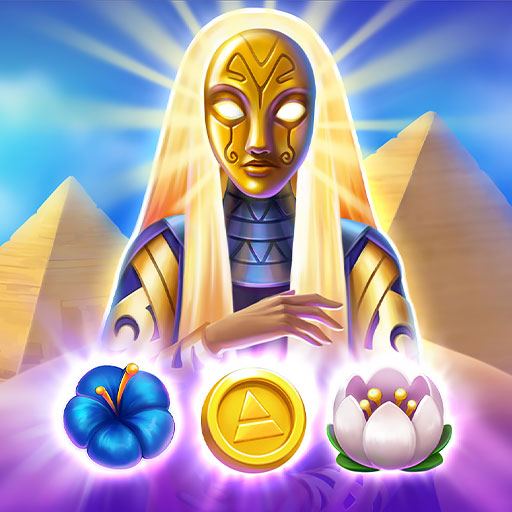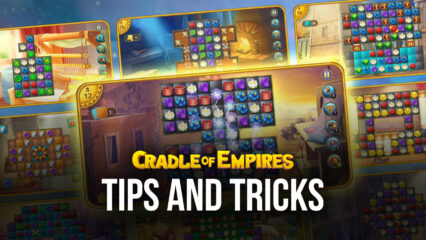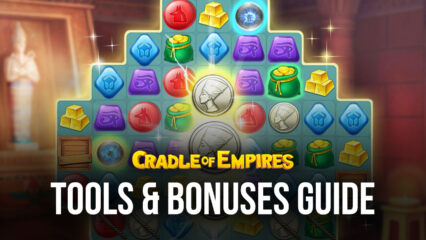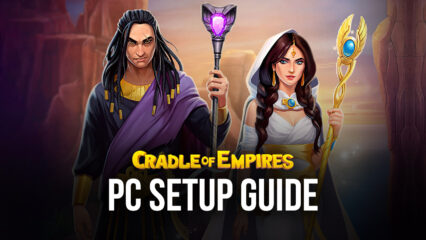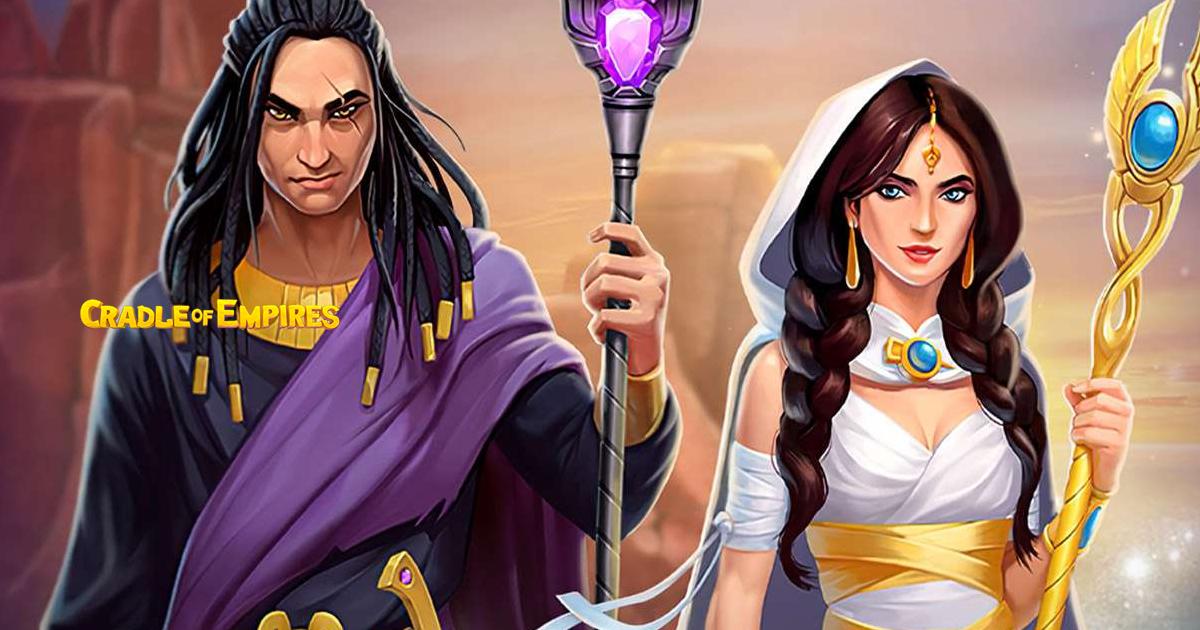BlueStacks' Beginners Guide to Playing Cradle of Empire Egypt Match 3
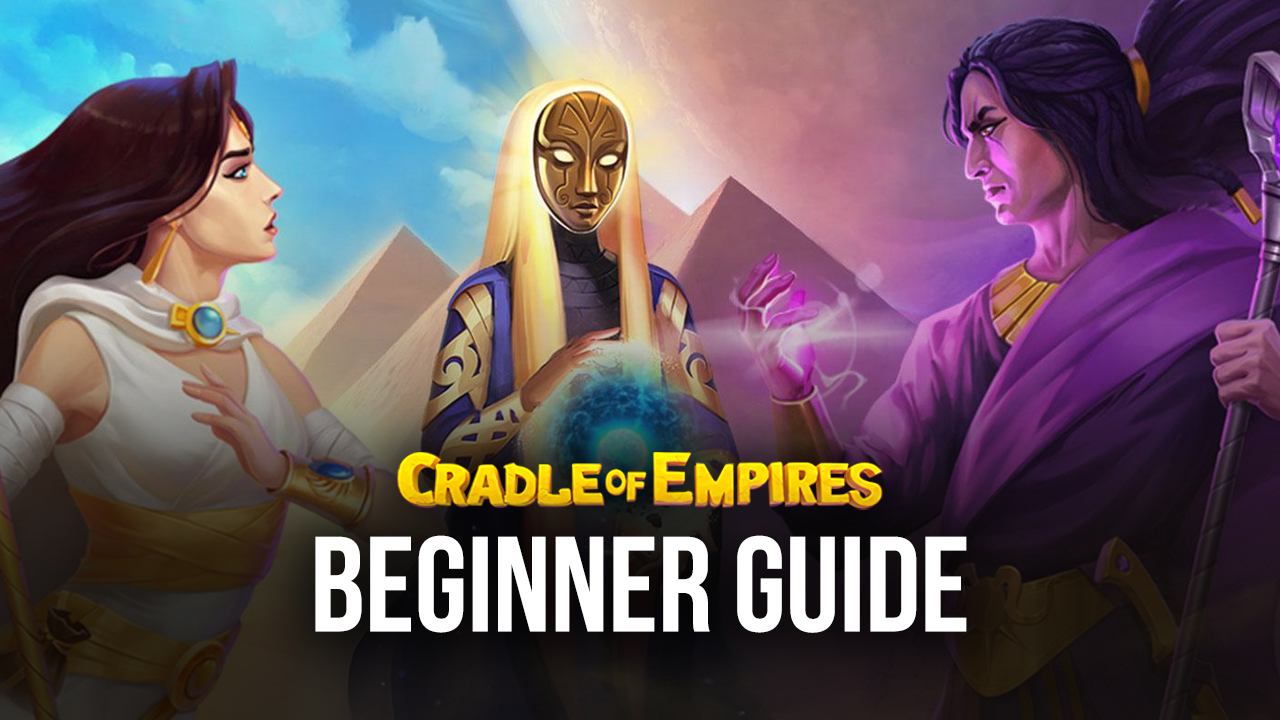
Cradle of Empire Egypt Match 3 is a game where players can simply relax and follow the story at their own pace. The game is very relaxing, but there are times when players can get frustrated with puzzles they can’t complete. All of that is normal, considering no game is fun if it doesn’t offer a little challenge for the players. Regardless of the game’s difficulty, it can still be frustratingly complicated for people who are trying out this genre for the very first time throughout their time as a gamer.
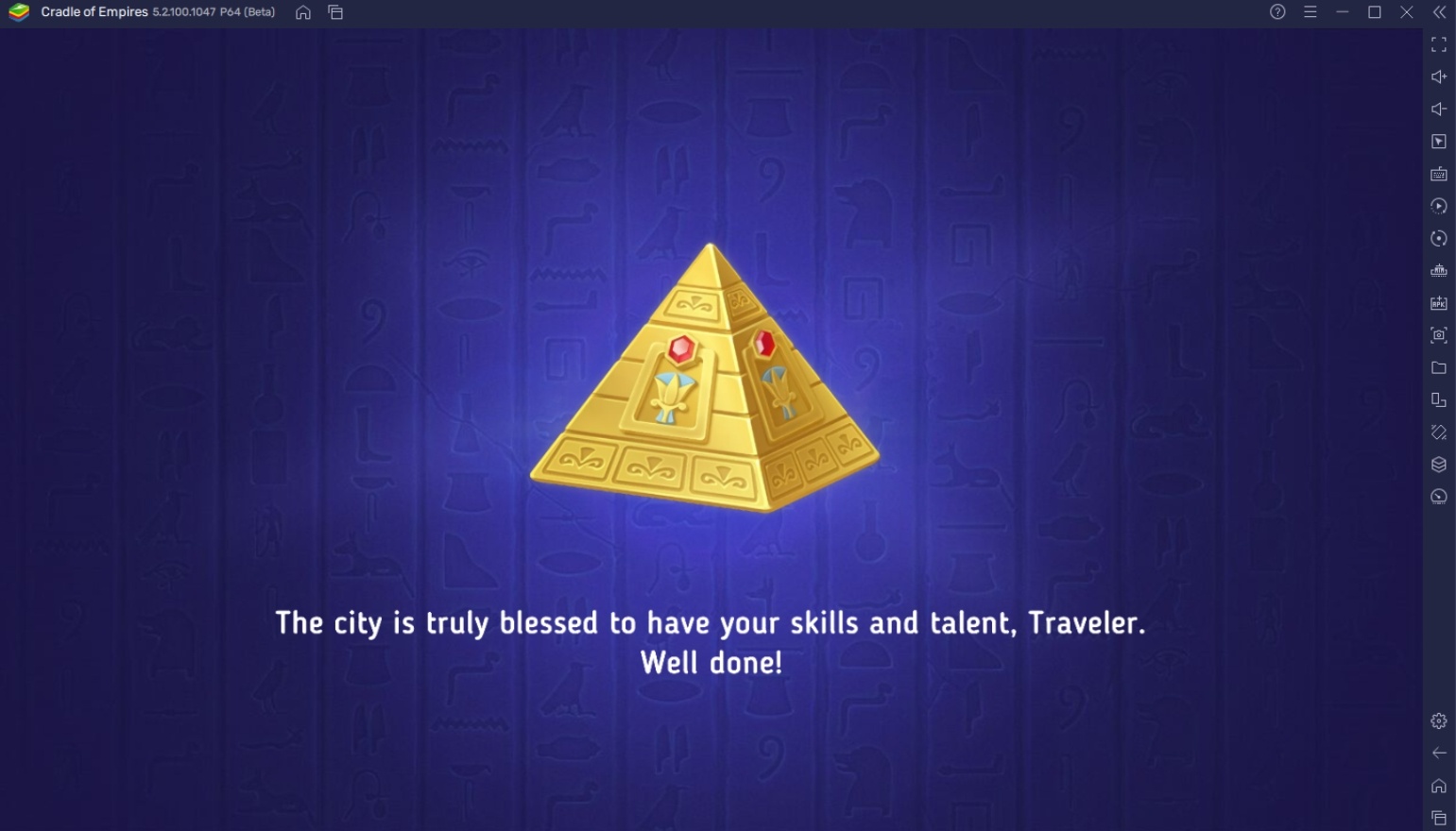
The one thing that deters beginners from playing the game for the long term is how games are too complicated to understand. This happens in games like Cradle of Empire which throw in multiple game genres into one to create an original concept. While there’s nothing wrong with the idea in itself, it’s hard to keep players interested if they don’t know what’s happening. This is why we’ve prepared a beginners’ guide to help players get started in the game.
Building Progression
A unique concept in Cradle of Empire Egypt Match 3 is that it introduces elements from real-time strategy and city management games such as structures and production. Buildings in this game are essential because they are the areas where players can choose the puzzles. As the player levels up or completes new puzzles, they unlock more buildings that they can construct. Buildings also level up when players have collected enough stars to upgrade those structures.
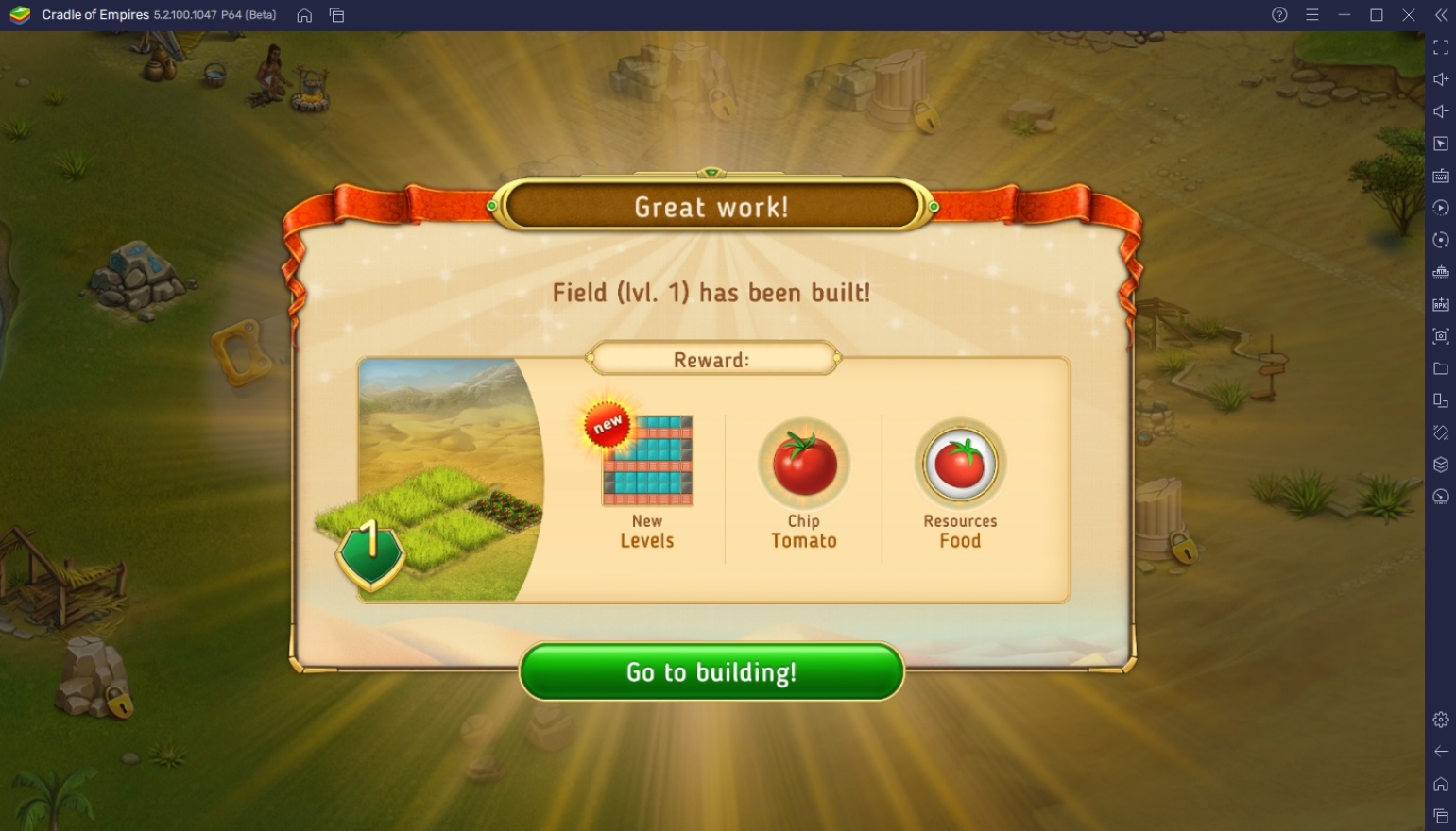
Stars can be collected by completing puzzles. Players can earn up to 3 stars per puzzle, depending on the number of points they earned when completing the stage. At higher stages, players are required to complete a puzzle more than once to obtain all three stars, which is necessary for upgrading structures. When a structure is upgraded to the next level, players will be able to access more difficult puzzles. Some buildings don’t offer puzzles but unlock different utilities or functions instead.
Resources & Collections
Resources include Gold and Food. These are used to upgrade or construct new buildings or purchase in-game items. They are different from the Crystals, which are the game’s premium currency used to buy bonuses and upgrades. Players can acquire resources by collecting them from their village structures. As the production building’s level increases, the value of the resources they also collect increases. Despite the icon changing, the building still produces the same base resource.
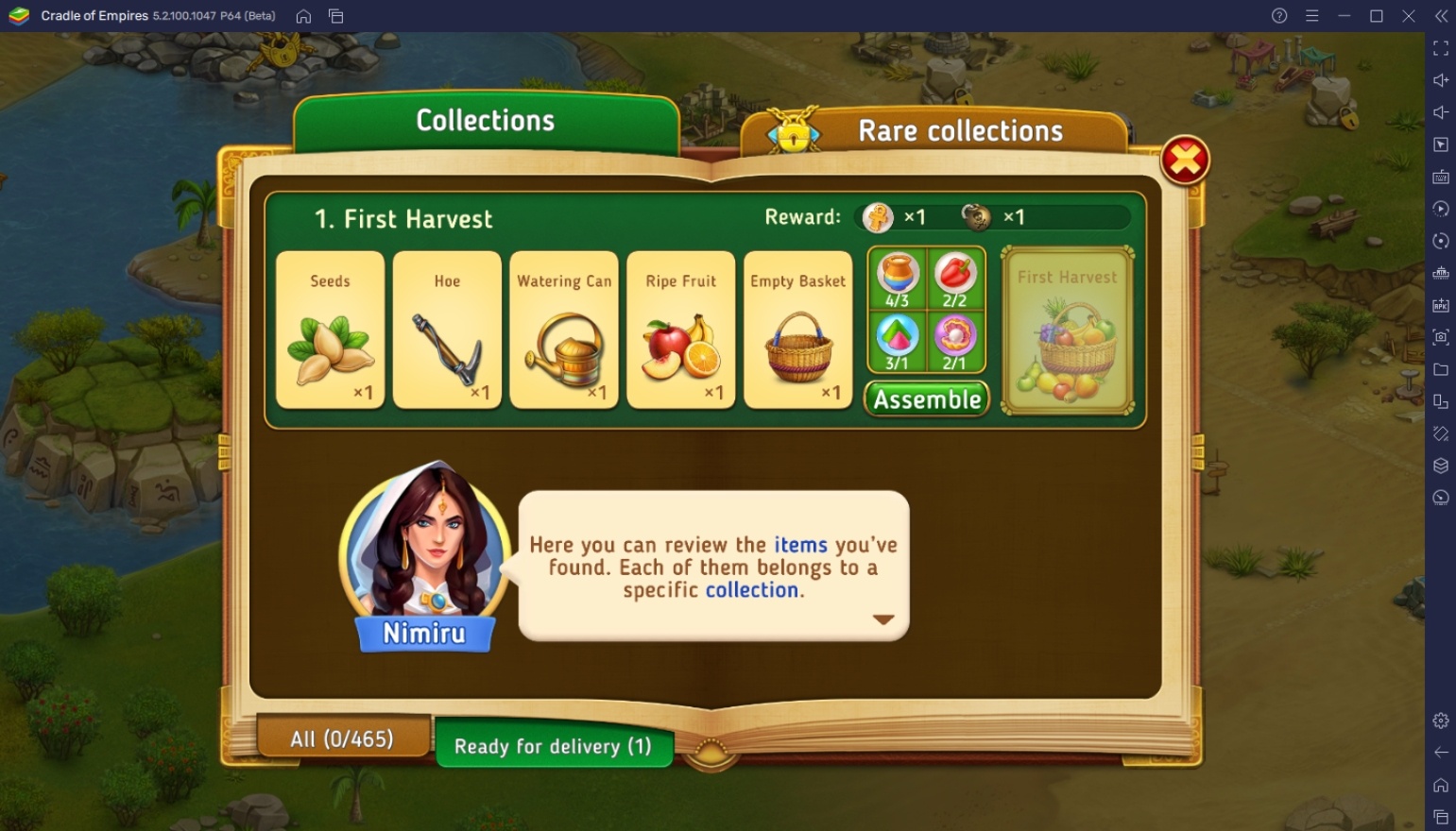
Players can get collectible items by completing missions or finishing various puzzles. Once they’ve acquired all the specific items in a collection, they can assemble them to gain multiple rewards such as bonuses and tools. Keep in mind that not all items needed in a collection are set at one per piece. Some items require the player to collect two or more of the same item. Players can do this by entering the same stage or puzzle again. If you don’t know where to get the item on the list, simply click on the item and go to Find.
Goals & Move Limits
Goals refer to the task that players need to do in each puzzle. Players can see these tasks on the left side of their screen. These vary depending on the stage, with higher-level puzzles containing more than two goals to complete. A puzzle will only be considered complete if the player completes all the tasks listed. It is recommended that players analyze the goal set for them before taking any action in the puzzle to plan on what they want to do and reserve their moves.
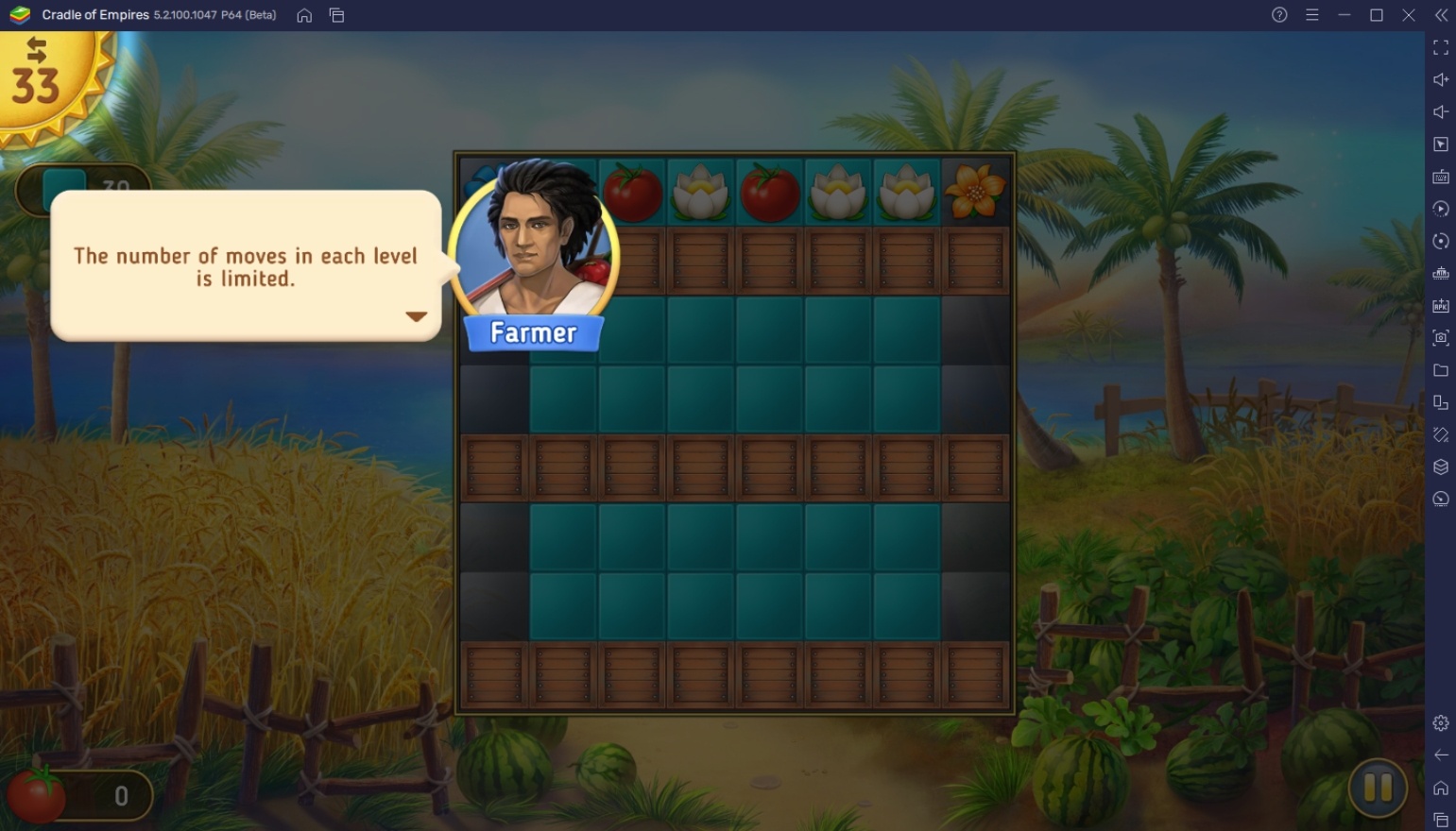
Each puzzle is restricted with move limits to make the puzzles more challenging. After all, if players can randomly move tiles around until they complete the stage without any penalty, the game wouldn’t be any fun. Move limits depend on the difficulty of the puzzle. Some puzzles have more move limits but also include more goals to finish. The most challenging puzzles are the ones with fewer move limits since they are designed to have extremely difficult tasks to complete.
Challenges & Obstructions
Challenges and obstructions make it harder for players to complete the tasks included in the goal. They act as hurdles that either make it difficult to match tiles together or prevent the player from reaching one area of the board quickly. There are different obstructions available in the game, and it will continue introducing different types as the player reaches higher levels. This is the game’s primary way of making the puzzles more difficult as it progresses.
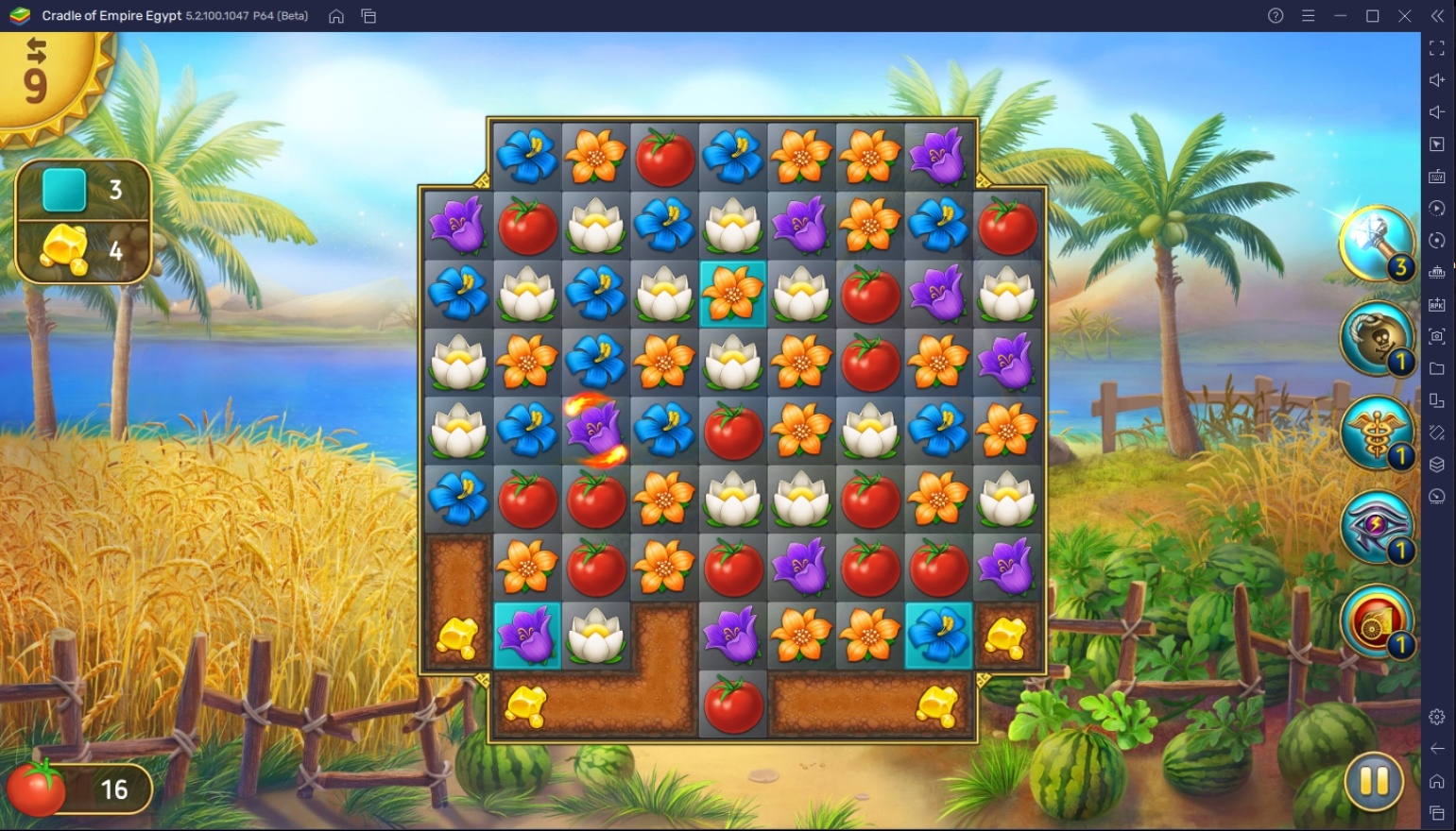
A good strategy when facing obstructions is to study how they work. For beginners, it’s suggested that players only make moves that would clear an obstacle or help them complete a task in their goals. Of course, it’s unnecessary to remove all obstructions on the board, only those that stand in the way of the player achieving a task. It’s also a good idea to hit multiple obstacles simultaneously so that it doesn’t consume all your moves rapidly.
Tools, Bonuses, and Combos
Tools and bonuses are unique items that help the player overcome the puzzles. These tools can be used at any time during the puzzle. Remember that using a tool will consume one of your moves, so make sure that you’re using it efficiently. In addition, once a tool has been consumed, it can’t be refunded regardless of the result of the puzzle after it has been used. Bonuses are unique items that can be used before the match to alter the state of the game in the player’s favor.
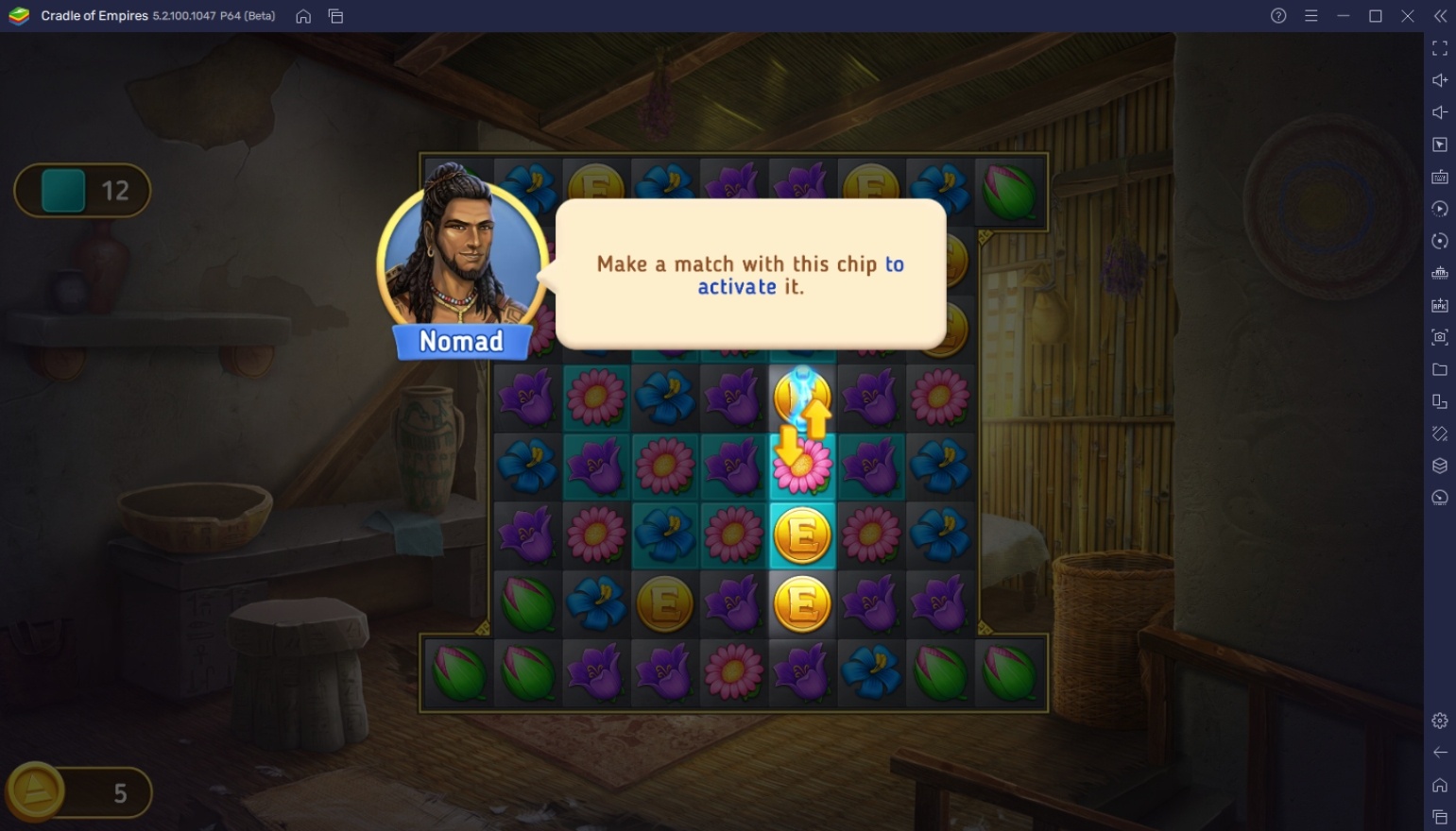
Combos refer to the special tiles created when players combine five or more pieces. These special tiles have unique effects when they are matched. The most impactful special tile is the rainbow bomb, which destroys all the same tiles with the piece it is exchanged with. Remember to use combo tiles to help you complete your tasks. A common beginner mistake is using special combo tiles whenever they see them, even if it doesn’t help them at all.

